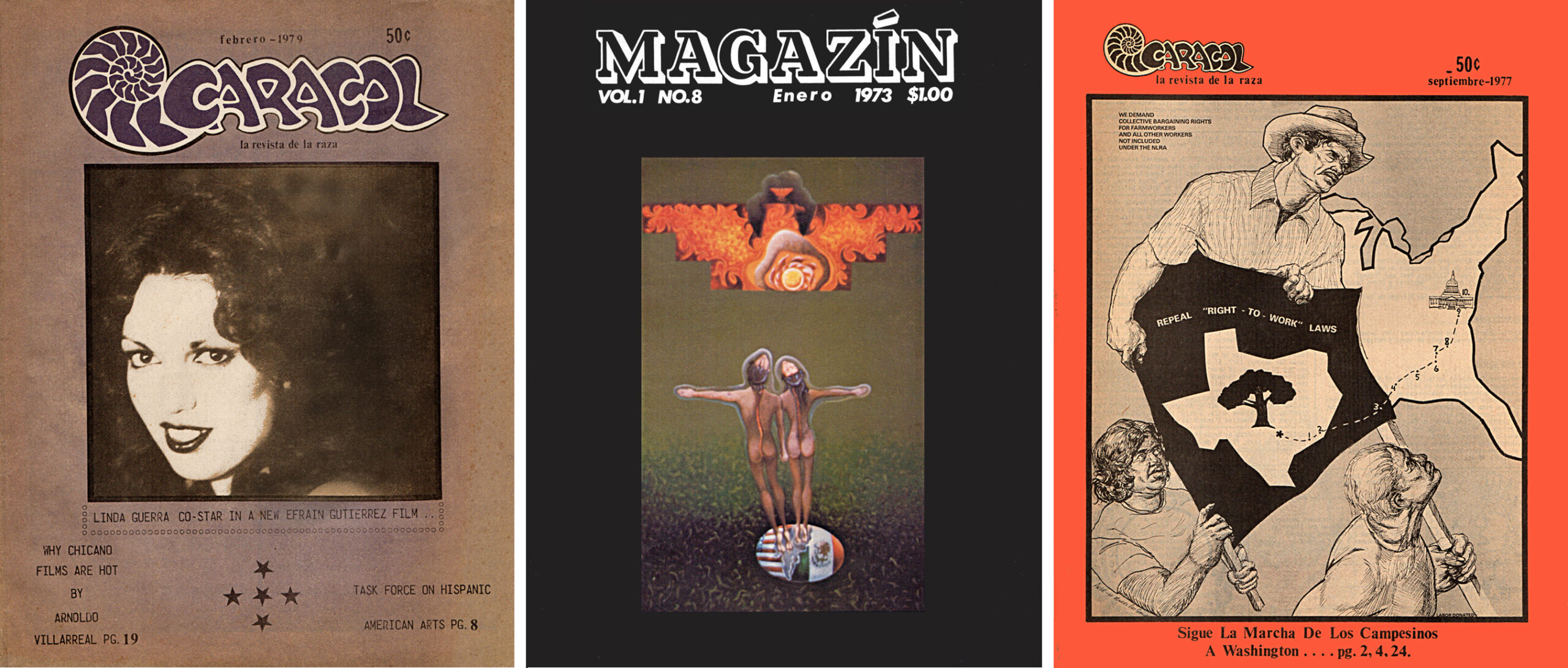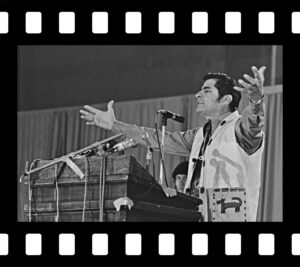35mm Photography
My aunt Lydia had a snap-shot camera and liked to take pictures. There’s a memorable picture of me on my first day of school in 1950 posing in my new clothes and a “bolsillo” book bag, in the middle of the street, with my tia’s shadow all over me, as if passing on the camera bug to me. Early on, tia Lydia gifted me a Kodak Brownie camera and I embarked on my own photographic journey. I liked taking pictures and, years later, as a young man, I got my first 35MM camera, a clunky Argus, shaped like a brick….you had to cock the thing to take a picture, and it let out a loud p’ting when fired.
It was not until I was in Korea during my 18-month Army stint (1970-1971) as a draftee that I got my first professional 35MM SLR camera, a Nikon FTN….these could be bought cheap at the PX and even in Japan, just across the Korea Strait, where I went on leave a couple of times. Japan was going through a tech revolution and by the time I came home, I had two Nikon FTNs, some excellent Nikkor lenses, and an array of sophisticated stereo components, so unlike the clunky American counterparts. And I had learned to process film and make B&W prints at the Army Post craft shop darkroom, tutored by the Koreans in charge. Rolling Stone Magazine, then in B&W newsprint tabloid format, could sometimes be found on the post and I was very impressed and influenced by Annie Leibovitz’s cool photography. Other influences would later come my way, especially Eugene W. Smith and Richard Avedon.
My photographic skills came in very handy when my short time in the army ended and I settled in San Antonio, where my best friends from college had made their base of operations….they were Chicano political activists. It was the early 1970s, during the apogee of the Chicano political movement in Texas and the Raza Unida Party phenomenon. I was a professional photographer of sorts in that I was the Chicano with great cameras that could do darkroom work and had enough interest to photograph current events, individuals and other things having cultural and political significance. All that photography was mostly black & white though some was color transparencies. Really miss Kodak Tri-X, which I could “push” during development for more speed….I had a distaste for using a flash. And I liked composing my shots full frame because I didn’t care much for cropping.
Where Raza Unida was concerned, I essentially became campaign photographer during Ramsey Muñiz’s run for Governor of Texas in 1972….my now departed closest friend, Carlos Guerra, was the campaign manager. I remember us sitting with Ramsey on the living room floor of the house I lived in, recording blurbs for radio ads with my slick Japanese stereo equipment. I also took pictures for a movimiento periodicals, CARACOL and MAGAZÍN. CARACOL was founded by others and me and it was I who chose CARACOL for its name. It was published out of our San Antonio TIED office (Texas Institute for Educational Development, Carlos Guerra, Executive Director) ….and I even had a press cards! A lot of movimiento activists, now legends, passed through our office on a regular basis.
CARACOL press card

MAGAZIN press card

Publications






